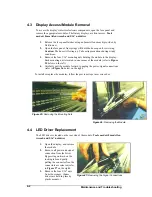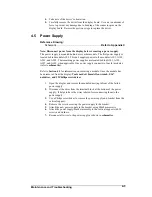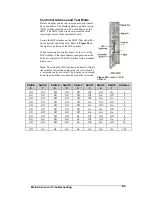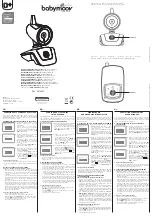
3.4 Grounding
Displays
must
be grounded according to the provisions outlined in Article 250 of the
National Electrical Code
®
. Daktronics recommends a resistance to ground of 10
ohms or less. The electrical contractor who is performing the electrical installation
can perform verification of ground resistance. Daktronics Sales and Service
personnel can also perform this service.
The display system
must
be connected to earth-ground. Proper grounding is
necessary for reliable equipment operation. It also protects the equipment from
damaging electrical disturbances and lightning.
The display must be properly
grounded or the warranty will be void
.
The material of an earth-ground electrode differs from region to region and from
conditions present at the site. Consult the National Electrical Code and any local
electrical codes that may apply. The support structure of the display cannot be used
as an earth-ground electrode. The support is generally embedded in concrete, and if
in earth, the steel is either primed or it corrodes, making it a poor ground.
Power Installation
There are two considerations for power installation: installation with ground and
neutral conductors provided, and installation with only a neutral conductor provided.
These two power installations differ slightly, as described in the following
paragraphs:
Ins allation w th Ground and Neutral Conductors P ovided
t
i
r
For this type of installation, the power cable
must
contain an isolated earth-ground
conductor. Under this circumstance,
do not
connect neutral to ground at the
disconnect or at the display. This would violate electrical codes and void the
warranty. Use a disconnect so that all hot lines and neutral can be disconnected.
Refer to
Figure 16
below for installation details. The National Electrical Code
requires the use of a lockable power disconnect within sight of or at the display.
Figure 16:
Installation with Ground and Neutral Conductors Provided
Electrical Installation
3-4
















































